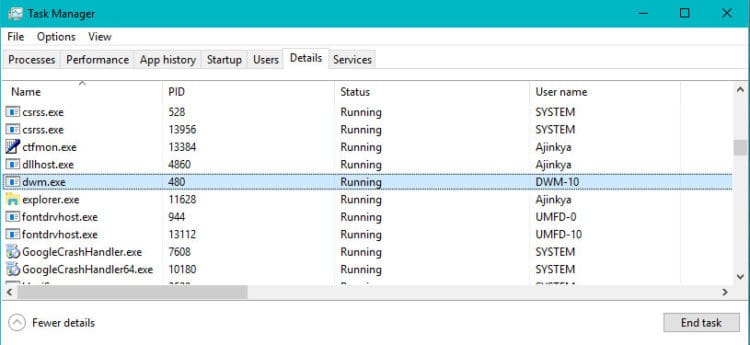

Using dmenuīy default, dwm uses dmenu to open programs available on your system. To open programs in those layouts, you’ll need to learn some commands. It uses three layouts - Tiled, Monocle, and Floating - to display windows. Dwm starts with little more than a toolbar at the top of its display. If everything went well in installation and startup, you should be staring at a (mostly) blank screen. By commenting and not deleting the “exec gnome-session” line, you can return to it later, uncomment it, place a comment on “exec dwm”, and resume your use of Gnome. xinitrc will comment out that line, so X won’t read it.

In this example changes will look like this:

Open “/home/username/.xinitrc” and scroll to the bottom to find entries like “exec gnome-session.” You must replace any “exec …” you find with “exec dwm” to launch dwm when you start X. You can edit the file after first locating it in your home folder. That config file tells the X display server which window manager to use. For other window managers, it may be easier to edit the X config file “.xinitrc.” Starting dwmĪfter installation, if you’re on Ubuntu, you can select “dwm” from the menu in your login screen. If you’re using a package manager, it should have picked up those extra packages already. You’ll want to grab dmenu, a menu tool, and st, a terminal, if you installed dwm from source. Arch suggests making your own package to save your changes.ĭwm has a few dependencies other than X libraries. Therefore, any updates will write on top of any changes you made to those config files. For Arch you’ll need to visit its user repository and build/install with makepkg.īeware, however, that precompiled binaries often come attached to their respective program managers, such as Ubuntu’s APT and Arch’s Pacman, which will install fresh copies of “config.mk” and “config.h” when dwm is updated.


 0 kommentar(er)
0 kommentar(er)
